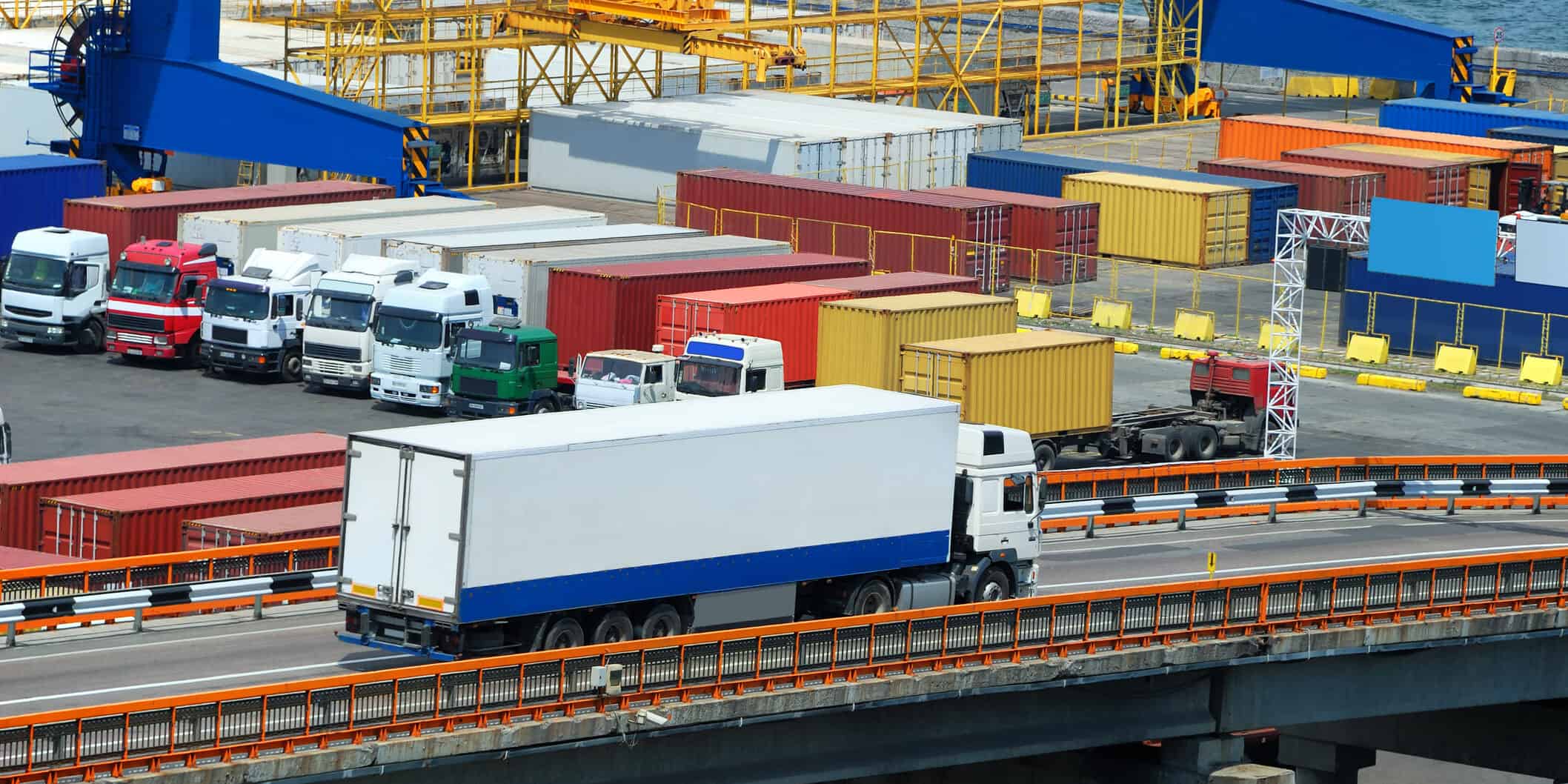If you are planning to ship your vehicle overseas and don’t know where to start – fear not: you are in the right place! This article will give you a few tips to help make your first shipping experience an absolute breeze. So let’s not waste any more time; here are five pointers to keep in mind:
- Find a customs broker, or you’ll be heading for disaster
- Choose the most economical service to ship your vehicle overseas
- Know the DOS and DON’TS from the carrier
- Minimize the volume of your load to save $$ when shipping a vehicle overseas
- Get cargo insurance; don’t ship a vehicle overseas without it
1. Find a customs broker, or you’ll be heading for disaster
Customs brokers are your friends. These are the guys who help you comply with the regulations, ensuring that all duties, taxes, and customs-related matters are taken care of. You don’t want to ship a vehicle overseas, without a customs broker.
Imagine your freight forwarder apologizing because your shipment can’t get delivered. Your customer is waiting for you on the other line; they’re expecting delivery of their vehicle, and their patience is running out.
Well, they are not going to get it any time soon because they must return the vehicle to origin due to non-compliance with customs requirements. Of course, none of this would have happened with an experienced freight forwarder such as Latin American Cargo – we always ensure that a competent Customs Broker is in place.
2. Choose the most economical service to ship your vehicle overseas
Vehicles can come in all shapes and sizes, and depending on the type of vehicle you want to ship, the method of transportation will vary.
For example, larger vehicles do not usually fit into a standard container, so they must be transported using special equipment such as flat racks or open tops. On the other hand, RORO and LOLO transportation services may sometimes be better alternatives.

We are not all cargo experts and some of you may not be familiar with flat-rack, RORO, or LOLO. For more explanations, check out our website!
The under-pressure dealer decided to check with our oversize shipping division. We found a better solution, shipping the tractor by ground to the port of Baltimore, USA, and then using a RORO transportation service to get it to Santo Domingo. This offer provided a 35% saving on the price offered by the competitor. Thank you Latin American Cargo!
3. Know the DOS and DON’TS from the carrier
Before you ship your vehicle overseas, always ask your freight forwarder what the ocean carrier’s rules are. To ensure a smooth experience with the ocean carrier, consider the following:
When shipping your automobile inside a container
- Ocean carriers do not accept any car with fuel above one quarter (¼) of a tank. Some carriers even require that the tank be fully empty.
- You must disconnect the batteries.
- Vehicles must be transported empty; no personal effects inside the vehicles are allowed.
When you ship a vehicle overseas using RORO (roll on roll off) transportation
- Your vehicle must be in optimal condition upon delivery to the port. Keep in mind that RORO service involves driving the vehicle onto the vessel. If there is a mechanical problem, your vehicle will be towed away and will not be shipped until your mechanic fixes the problem. Result? Your cargo will not be shipped and will accumulate considerable storage charges at the port.
- Your vehicle must be clean. Any load that is leaking oil or that has any type of residue will not be accepted. So if you ship used industrial vehicles overseas such as trucks or tractors, you have to make sure that your supplier has properly cleaned them before delivering them to the port.
- When shipping motorhomes, you cannot leave any appliances or other personal belongings inside the vehicle; otherwise, the carrier will refuse to ship it.
4. Minimize the volume of your load to save $$$ when shipping a vehicle overseas
Whenever possible, you should always minimize the volume of your cargo – it pays off!
For instance, imagine you are shipping a truck with rearview side mirrors that widen considerably. Experience has taught you that less volume means less transportation cost, so the mirrors must be taken apart before you ship the consignment. You delegate the task to your assistant, assuming all will be taken care of.
After your truck gets delivered to the port, your freight forwarder sends you the shipping report from the carrier; huge surprise! The report shows the volume of your truck is one hundred and eighty (180) cubic meters; thirty (30) cubic meters more than what you had calculated. You suddenly realize someone had forgotten something: your assistant never took the mirrors off.
The transportation cost is $100.00 / m3, you just lost $3,000 and your new assistant has to look for a new job!
5. Get cargo insurance; don’t ship a vehicle overseas without it
Many shippers take it for granted that the ocean carrier will compensate them if something happens to their cargo.
However, this is not entirely true; you must know that every ocean carrier has limited liability. In other words, if you were shipping a fifty thousand dollar tractor in an ocean container and the container gets lost, you are in for a big surprise: A $500.00 cheque from the carrier. Oops!
Unfortunately, not too many freight forwarders inform their customers about the carrier limit of liability; likewise, they never bother to tell their customers about the law of general average. When an ocean carrier faces a possible disaster and decides to sacrifice part of the vessel or the cargo, the law of general average requires that all cargo owners, shippers, etc., share all damages and losses that may result from such extreme measures.
God forbid this ever happens to you, but imagine having to pay thousands of dollars simply because you decided not to insure your shipment. Don’t think twice about getting cargo insurance – it is worth it!

Getting cargo insurance is mandatory when you decide to ship your vehicle overseas.
Hopefully, this article has provided you with a few useful tips on how to ship a vehicle overseas keeping your sanity, and most importantly: your customers!
If expertise, good knowledge, and due diligence are what you are looking for, Latin American Cargo will not let you down. We have been helping companies ship their cargo headache-free for almost three decades, and we would be delighted to do the same for you.


 LAC Team
LAC Team


